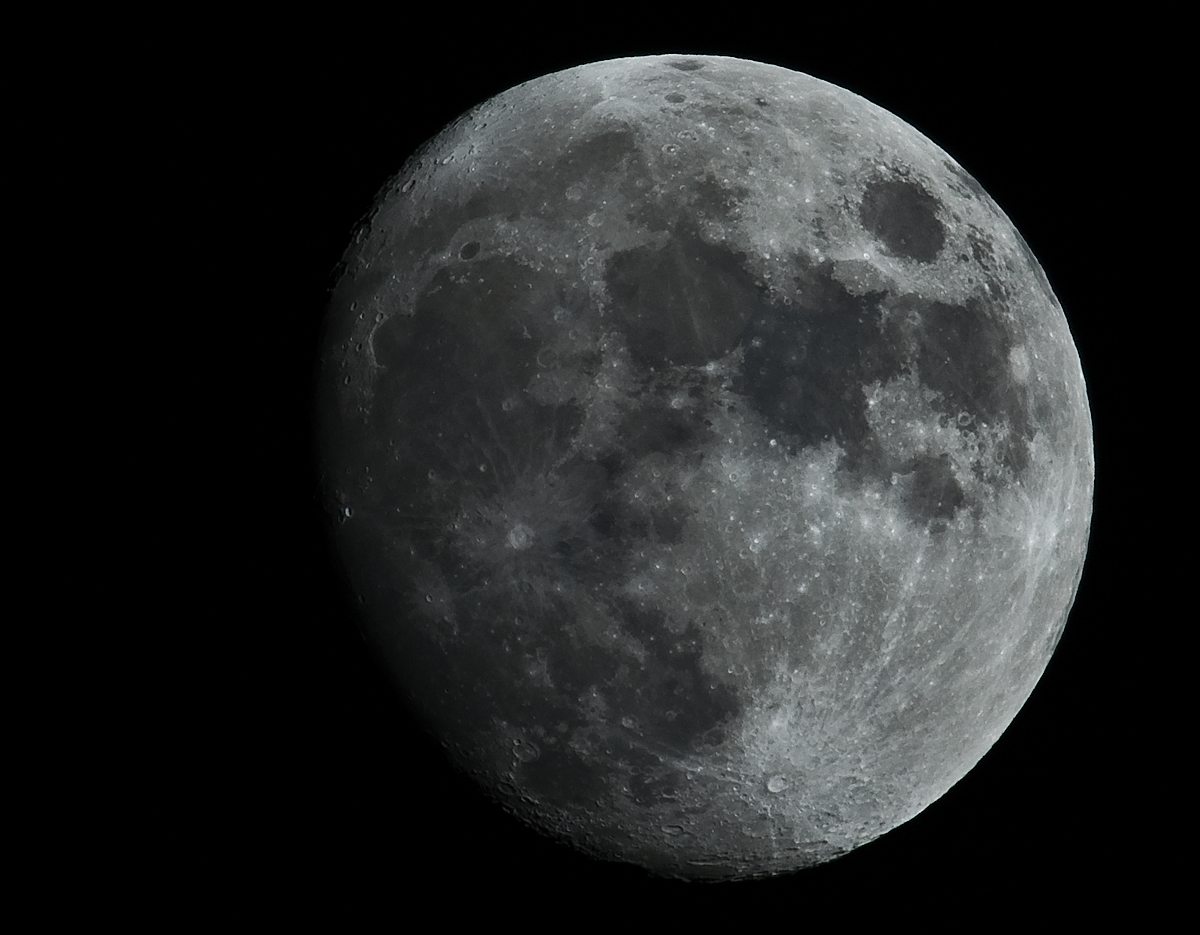China flies to the moon
The Moon has safely welcomed its first visitor in almost forty years. Early afternoon (GMT) on Saturday, China successfully landed its first ever moon rover. The landing makes China only the third country to accomplish such a feat, after the USA and the Soviet Union.
The Chang’e 3 mission, named after the Chinese goddess of the Moon, is composed of a landing spacecraft and a rover. The Yutu, or Jade Rabbit, rover weighs approximately 120kg and is equipped with ground-penetrating radar and spectrometers for analysing the structure and composition of the lunar surface.
The lander is also equipped with scientific instruments, including an ultraviolet telescope which will become the first long term astronomical observatory on the Moon. Space-based telescopes produce sharper images than their counterparts on Earth because turbulence in the atmosphere blurs light. The slow rotation of the Moon will also allow the telescope to observe object uninterruptedly for longer periods of time than orbiting telescopes, such as the Hubble Space Telescope.
The two vehicles are expected to operate for three and twelve months, respectively.
Chang’e 3 was launched on December 1 from the Xichang Satellite Launch Centre, in southwest China. Five days after launch, the spacecraft finally arrived in lunar orbit. It would take a whole week for mission control to find the perfect landing spot in the Bay of Rainbows, a region on the Moon’s northern hemisphere.
This mission is the start of phase two in the Chinese Lunar Exploration Program. Phase one saw the successful launch of two lunar orbiters which managed to map the abundance of different chemicals on the surface of the Moon and create the most accurate 3D map ever of the lunar surface. In addition to Chang’e 3, phase two will also include an additional lander/rover mission and an automated sample retrieval mission, which is expected to bring up to two kilograms of lunar soil back to Earth. These missions are seen as stepping stones to a potential manned landing sometime around 2030.

Comments